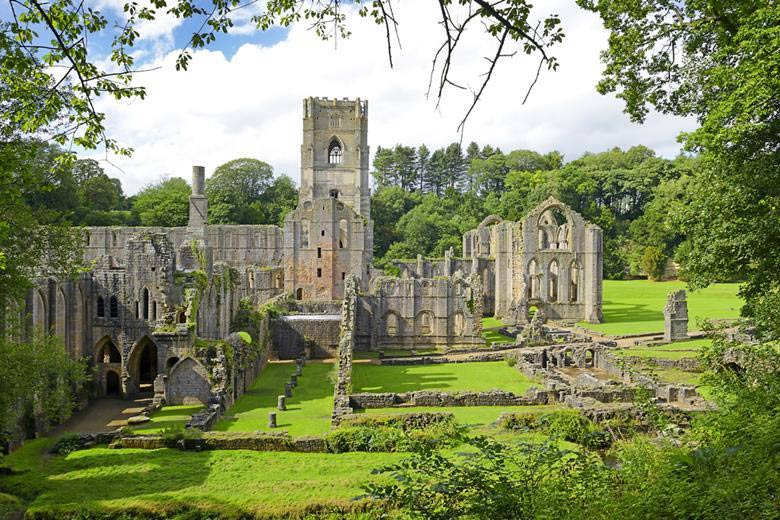abbey

Fountains Abbey
An abbey is a monastic or conventual establishment governed by an abbot or an abbess. The term "abbey" comes from the Latin word "abba," which means "father," and refers to the fact that the abbot, or leader of the abbey, is often seen as a spiritual father to the members of the community. Abbeys were among the oldest of Christian institutions. Monasticism owes its extension in the west to the Benedictines – they founded many abbeys in the 6th and 7th centuries and by 1415 no fewer than 15,070 had been established by this order alone. The buildings of a Benedictine abbey (and later of the Cistercian abbeys) were usually built according to one plan.
The history of abbeys can be traced back to the early days of Christianity, when hermits and ascetics began to withdraw from society in order to devote themselves to prayer and contemplation. These hermits often lived in isolated caves or huts, but over time, they began to form communities, where they could support one another and share their spiritual journey.
One of the first and most famous of these communities was established by Saint Benedict in the 6th century. Benedict was a monk who believed that the best way to serve God was to live a life of simplicity, prayer, and work. He wrote a set of rules, known as the Rule of Saint Benedict, which set out guidelines for how monks should live, pray, and work together in community. Under the guidance of the Rule of Saint Benedict, monasticism began to spread throughout Europe, and by the 9th century, there were thousands of monasteries and abbeys across the continent. These institutions played a vital role in the religious and cultural life of Europe, serving as centers of learning, art, and music.
During the Middle Ages, many abbeys were targeted by Viking raiders, who saw the wealth and resources of these institutions as easy targets. In addition, many abbeys were also caught up in the political and religious turmoil of the time, as different factions vied for power and influence.
Remains of Benedictine abbeys may still be seen at York and Westminster. Fountains Abbey is the largest and best preserved Cistercian house in England. From the dissolution of the monasteries by Henry VIII, monasticism practically ceased in England.
